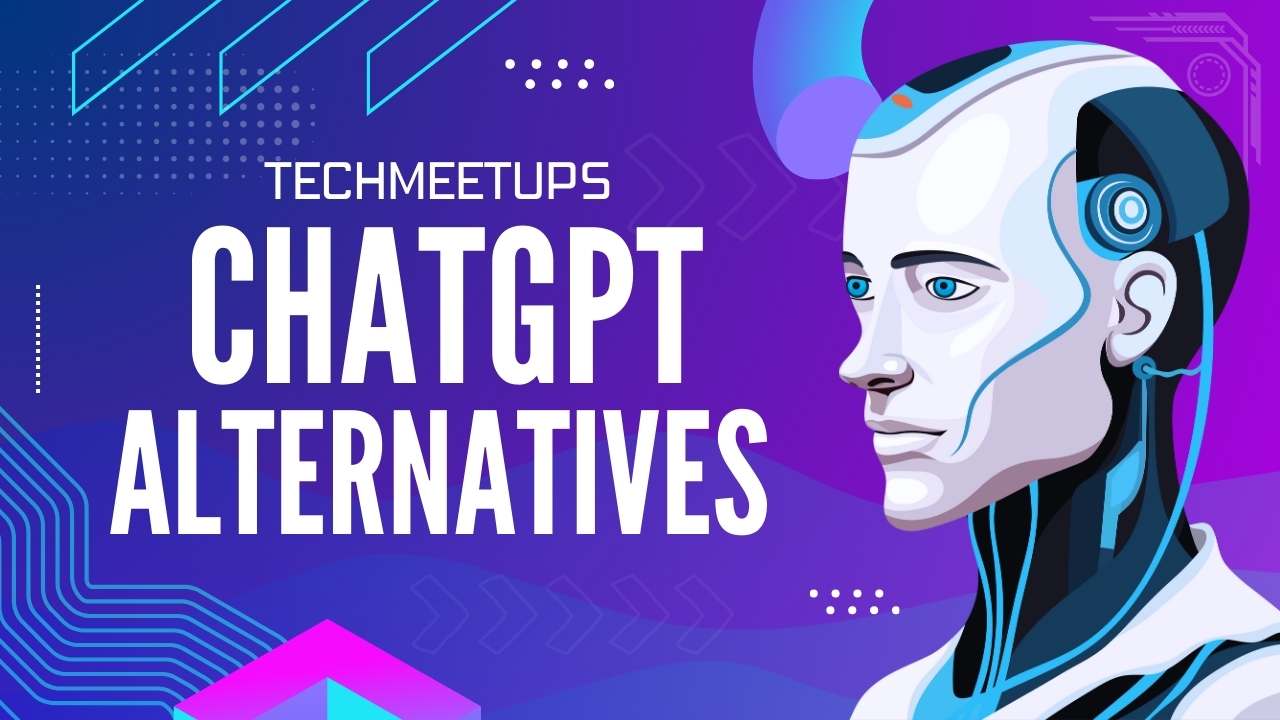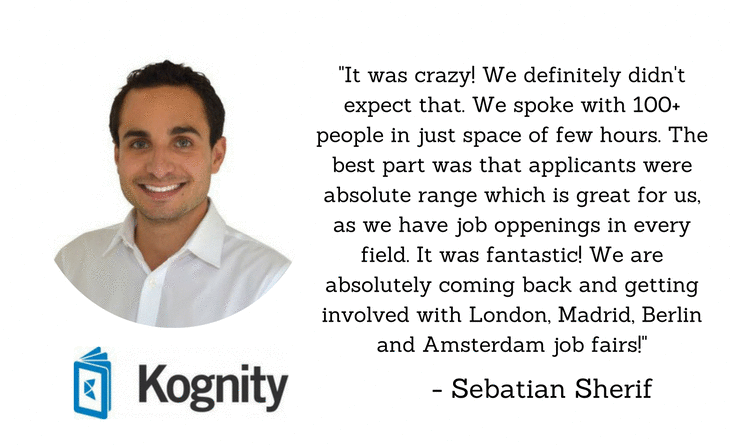In a world fueled by increasingly sophisticated technology, we’ve begun to see more meaningful interactions between humans and machines. A perfect example of such interactions is ChatGPT, a state-of-the-art language AI developed by OpenAI. It plays a crucial role in various sectors, from customer service to coding, offering an automated yet personalized way to generate human-like text.
ChatGPT is a true testament to the power of artificial intelligence, deep learning and full stack development. However, the rapid growth of information technology and the ever-evolving needs of various industries necessitates the presence of ChatGPT alternatives.
Just as #CloudComputing has revolutionized data storage and access, alternatives to ChatGPT can offer diverse interaction modes, coding styles, or may even better integrate with cutting-edge technology trends such as #VR and #AR. Moreover, #WebDevelopment and #InternetOfThings can benefit greatly from diversified AI linguistic models.
In this article, we will explore 10 alternatives to ChatGPT that have the potential to redefine our interactions with AI and beyond.
What to Look for in a ChatGPT Alternative
When it comes to exploring alternatives to ChatGPT, there are several factors that one should take into account. These differences not only span the way the language models operate, but also how efficiently they fit into your particular application requirements.
- Language Diversity: In today’s globalized world, it’s important that a language AI is multilingual or at least supports the major international languages. Greater language diversity enables more versatility in application and enables more natural interactions with users across the globe.
- Performance: The quality and human-likeness of the generated text are key performance indicators. The ideal alternative should maintain or even improve the conversation quality that we see with ChatGPT.
- Price: Budget is always a consideration. Some alternatives might provide comparable performance at a lower cost, making them a potentially more cost-effective option for certain applications.
- Customization: An ideal alternative would offer options to customize the conversation according to your specific interaction style, input-output requirements, or industry jargon.
- Responsiveness and Speed: For real-time applications, the speed at which a model can process inputs and deliver outputs is crucial. The alternative should be able to deliver responses with minimal latency to ensure smooth and coherent dialogues.
- Support and Documentation: A user-friendly API, good support, and comprehensive documentation can simplify the process of integrating the chat model in your application.
- Scalability and Compatibility: As your user base or application requirements grow, the model should be scalable. Plus, check for compatibility with your existing tech stack.
Remember, the right ChatGPT alternative for you depends on your specific needs and context. By delving deeper into these factors, you’ll be better able to choose an AI language model that’s right for you.
1. Mitsuku Chatbot
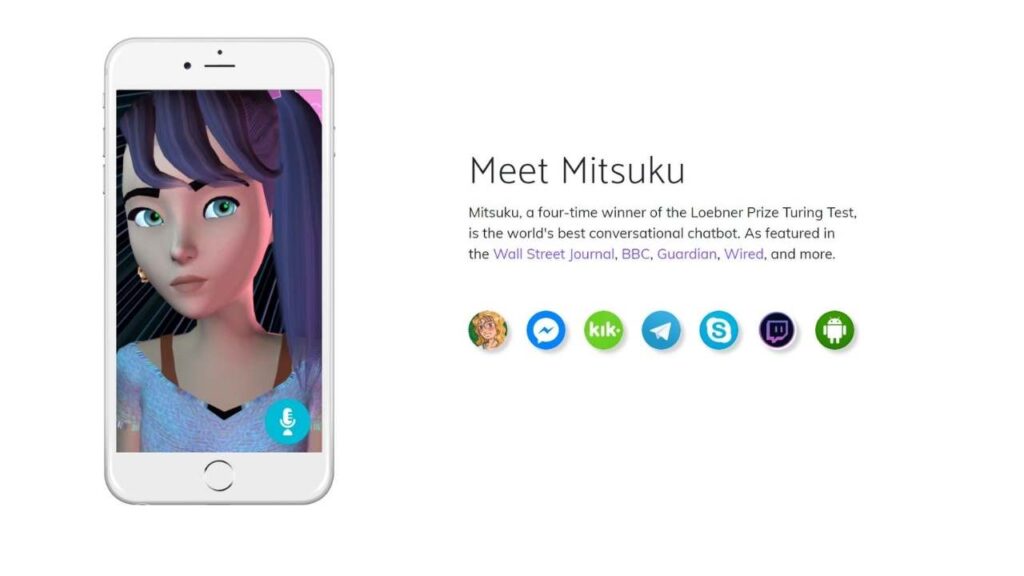
- Website: https://www.pandorabots.com/mitsuku/
- Unique Feature: It’s a five-time winner of the Loebner Prize Turing Test — meaning it’s very adept at human-like conversation.
- Pros: Exceptionally human-like; extensive conversational capabilities.
- Cons: It might not be as good as ChatGPT in producing substantial text and content.
2. Cleverbot
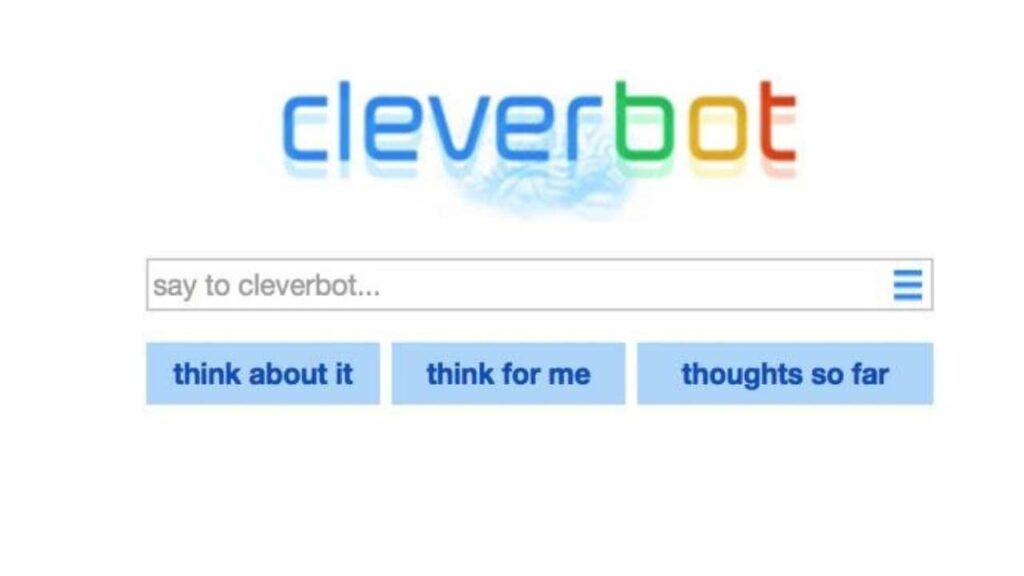
- Website: https://www.cleverbot.com/
- Unique Feature: It learns from real people — conversations, hence conversations are not predefined.
- Pros: Wide user-base, can carry a engaging conversation.
- Cons: Responses can sometimes be inappropriate, or unrelated to the question.
3. A.L.I.C.E (Artificial Linguistic Internet Computer Entity)
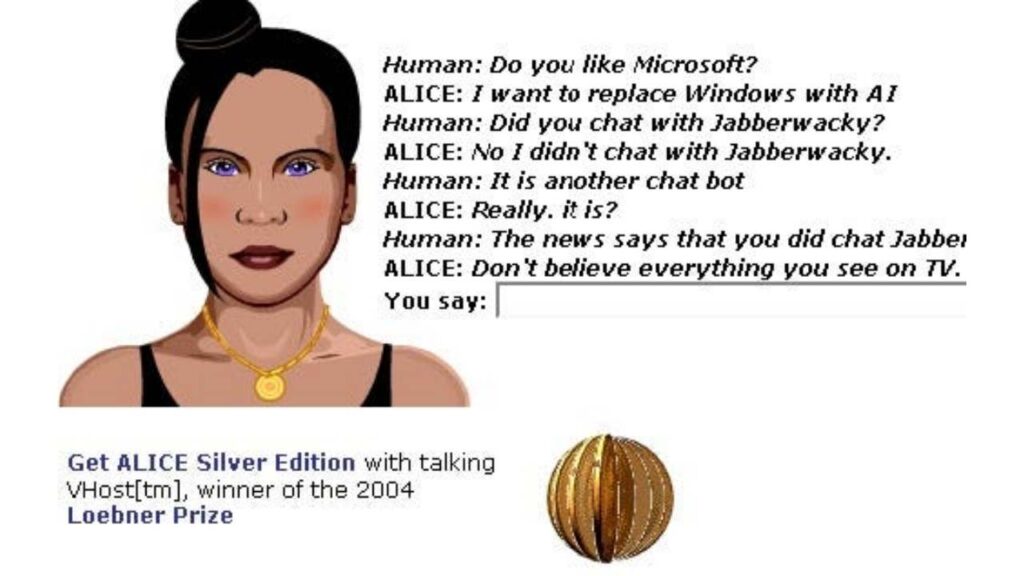
- Website: http://www.alicebot.org/
- Unique Factor: It uses a rule-based matching for interacting.
- Pros: ALICE offers a human-like interaction.
- Cons: However, it might not be as flexible and creative in its responses as ChatGPT.
4. Watson Assistant by IBM
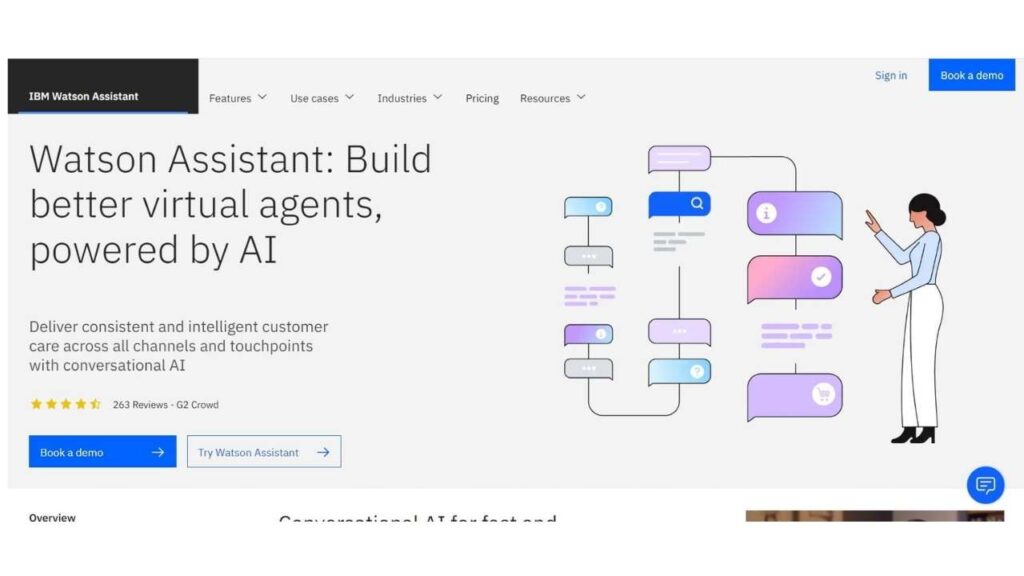
- Website: https://www.ibm.com/cloud/watson-assistant/
- Unique Factor: It offers a more business focussed chatbot solution with many complimenting tools.
- Pros: Highly customizable, can understand the intent behind the inputs.
- Cons: It’s not ideal for generating content or creating substantial text like articles or stories.
5. Dialogflow (owned by Google)
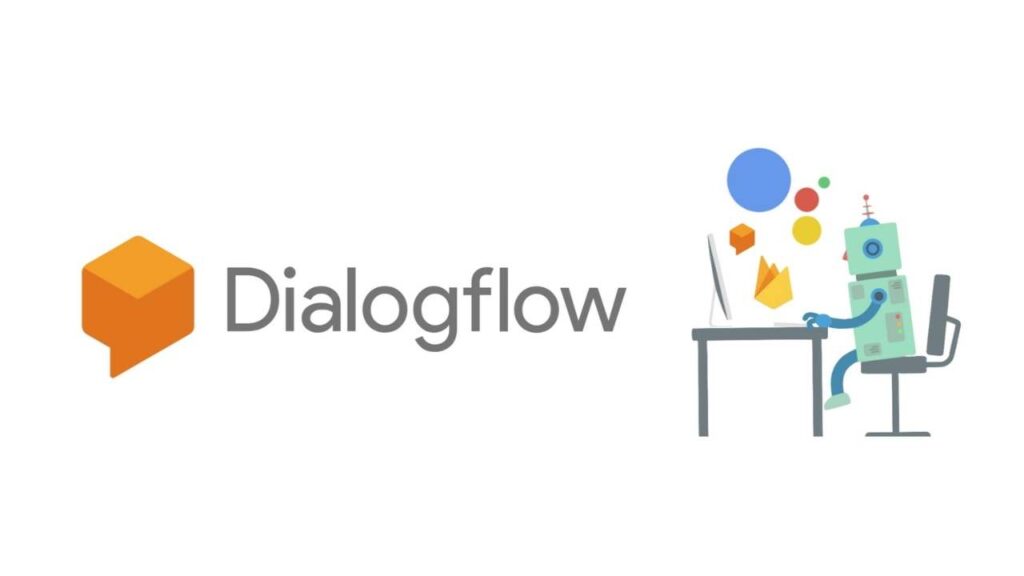
- Website: https://cloud.google.com/dialogflow
- Unique Factor: It comes with Google’s Machine Learning capabilities.
- Pros: Supports rich message content, effective for creating customer service bots.
- Cons: Not ideal for creative text generation, requires technical expertise to properly deploy.
6. GupShup
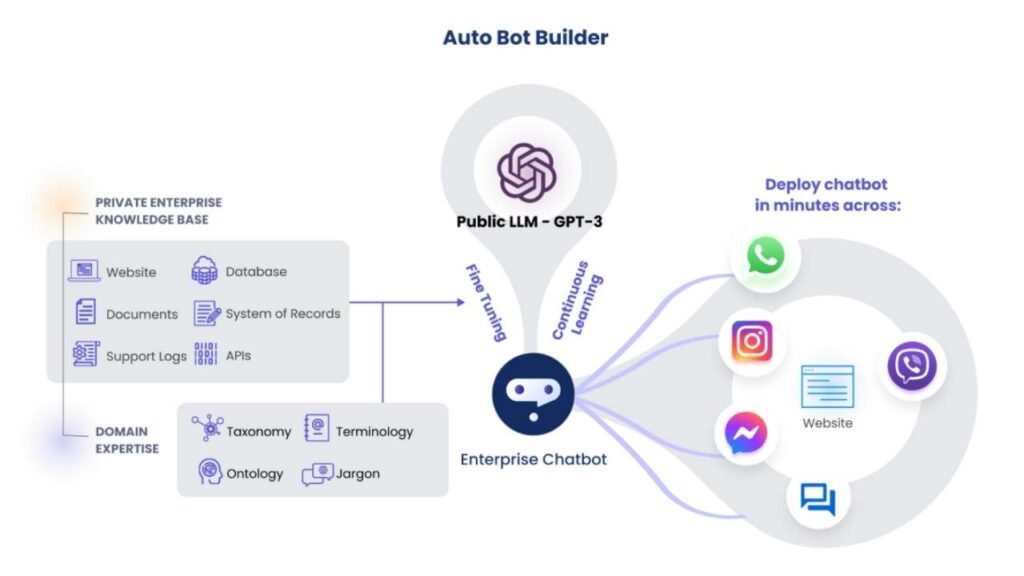
- Website: https://www.gupshup.io/developer/home
- Unique Factor: It enables developers to quickly build, test and deploy bots across various platforms.
- Pros: Platform agnostic, aids in seamless bot development.
- Cons: Might not be as intuitively easy to use, can be labor-intensive to deploy.
7. Drift
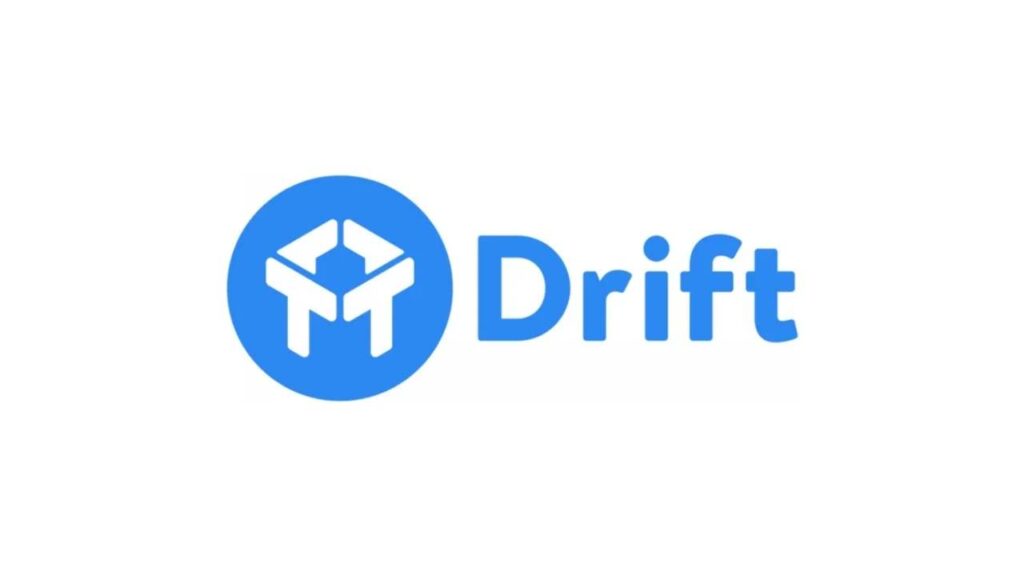
- Website: https://www.drift.com/
- Unique Feature: It’s a conversational marketing and sales platform.
- Pros: Useful for businesses and customer interactions.
- Cons: Not optimal for generating large volumes of texts, more for customer acquisition and retention.
8. Chatfuel
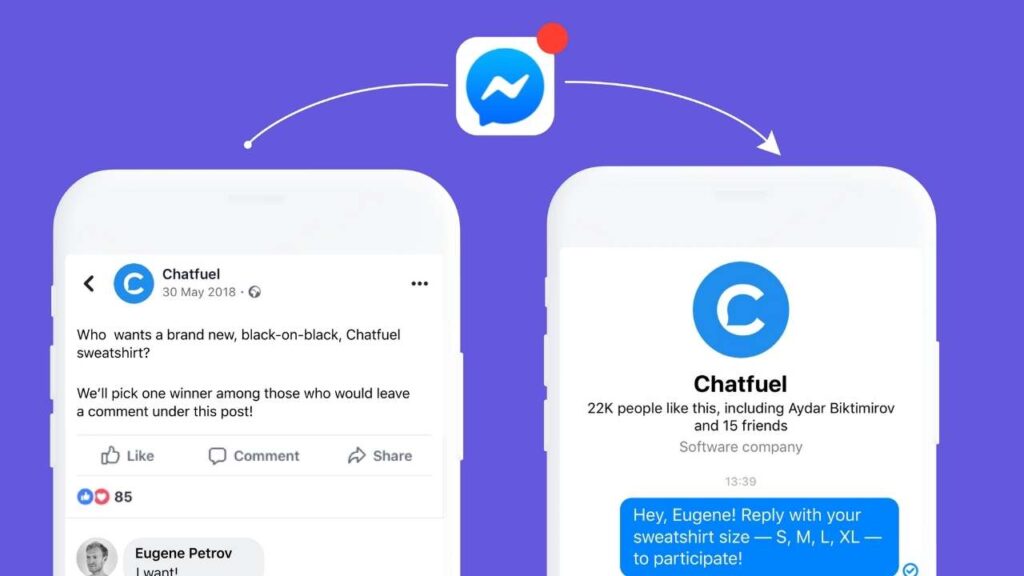
- Website: https://chatfuel.com/
- Unique Factor: It’s designed for creating chatbots on Facebook.
- Pros: Relatively easy to use, even for non-technical users.
- Cons: It lacks the extensive natural language generation capability of GPT-3.
9. Botpress
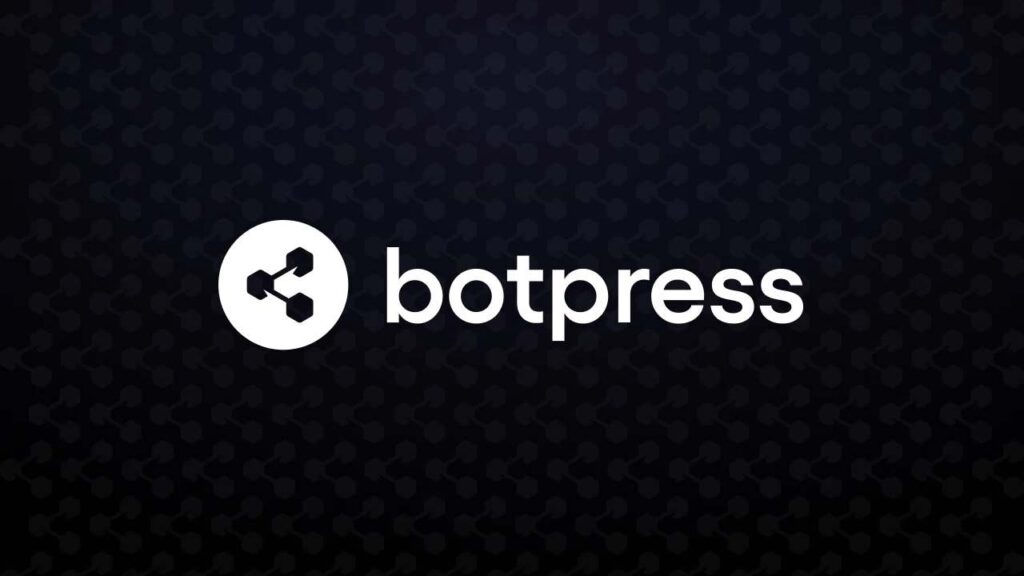
- Website: https://botpress.com/
- Unique Feature: It’s open-source and locally hostable.
- Pros: Companies have full control over their data.
- Cons: Being self-hosted means the user is responsible for server cost, updates, and management.
10. Rasa
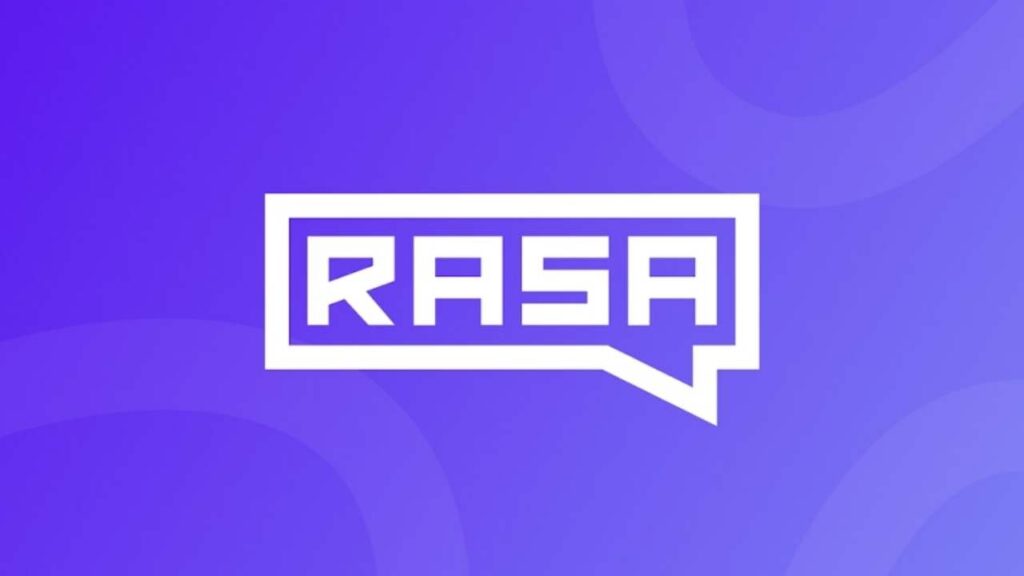
- Website: https://rasa.com/
- Unique Feature: It’s an open-source chatbot framework that allows full customization and control over your chatbot, including the ability to host the bot on your own servers.
- Pros: Provides higher privacy and control in comparison to ChatGPT. It’s suitable for designing dialogue with structured actions and presents flexibility to customize models as per business needs.
- Cons: It requires a significant amount of training data to perform at the same linguistic complexity level as GPT-3. The setup and maintenance could also be quite complex, needing time and specific technical knowledge.
Conclusion
In conclusion, the landscape of AI chatbots is plentiful and diverse. Alternatives to ChatGPT each offer something unique. These alternative models cater to different needs, budgets, and technical capabilities, providing a rich palette from which to choose.
While ChatGPT has its own impressive capabilities, it’s clear that there are many other viable options. The importance of these reliable, flexible, and diverse alternatives cannot be overstated. They provide a varying degree of customization and unique strengths, bringing novel opportunities to the fields of customer service, coding, marketing, and more.
Given the rapid pace of technological change and the growing dependencies on AI, having a thorough understanding of available tools is key. As such, whether you need a chatbot for customer engagement, a virtual assistant, content generation, or another purpose altogether, considering alternatives to ChatGPT is a beneficial exercise, and can lead you to the exact solution you need.
We hope that this guide has provided you with the insights needed to make an informed decision. Remember, the right choice will ultimately depend on your specific use-cases, budget, and the level of customization you require.

